On May 10th and 11th, we spent two glorious spring days under blues skies at Rondeau Provincial Park. When we want to see wildflowers, we head the Spicebush Trail. Its path travels through marsh and Carolinian forest that offer a range of habitats for wildflowers.


In spring, the water is strewn with Yellow Water-Crowfoot blossoms.



On one stretch of path we came across unusal red stems with tangled ends emerging from the forest floor. We had no idea what they might be and neither did iNaturalist.


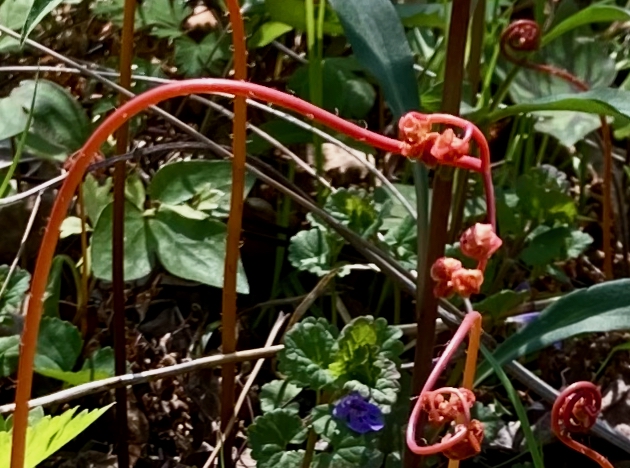
We appealed to our friends who have wildflower expertise and they solved the mystery. These are the early shoots of Northern Maidenhair ferns. We had only seen these ferns in leaf. Here’s a photo from two years ago.

In other years, spring has been more advanced and we often miss seeing Dutchman’s Breeches in bloom.



It was the first time we had noticed the seed pods on the plants. According to Wikipedia, the seed capsule splits in half when the seeds are ripe. Each seed has a fleshy structure, called an elaiosome, that contains protein and lipids that attract ants. The ants take the seeds to their nest, where they eat the elaiosomes and put the seeds in their nutrient-rich nest debris where they germinate. Both the ants and the plants benefit from this relationship. The ants gain a source of food, and the plants are dispersed to new locations by the ants. How cool is that?
Wood Anemone



Violets – Common Blue Violets, Long-spurred Violets, Smooth Yellow Violet, Downy Yellow Violet






And more in bloom…
American Black Currant, Red Trillium, Large White Trillium, Blue Phlox, Early Meadow-Rue, Wild Geranium, Tall Thimbleweed (not in bloom, last year’s blooms gone to seed), Cypress Spurge (introduced from Europe), Goldenseal, Lyreleaf Rockcress, Twoleaf Miterwort, Early Buttercup, Red Columbine.





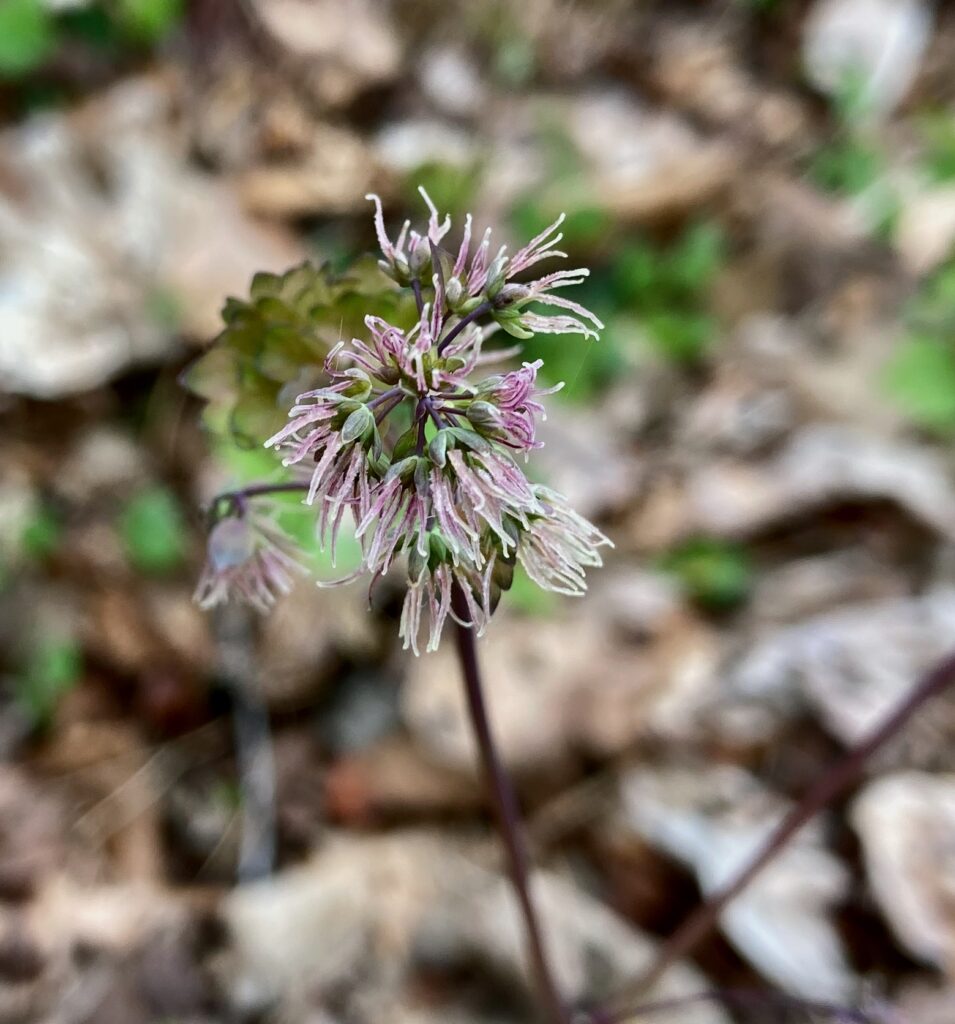









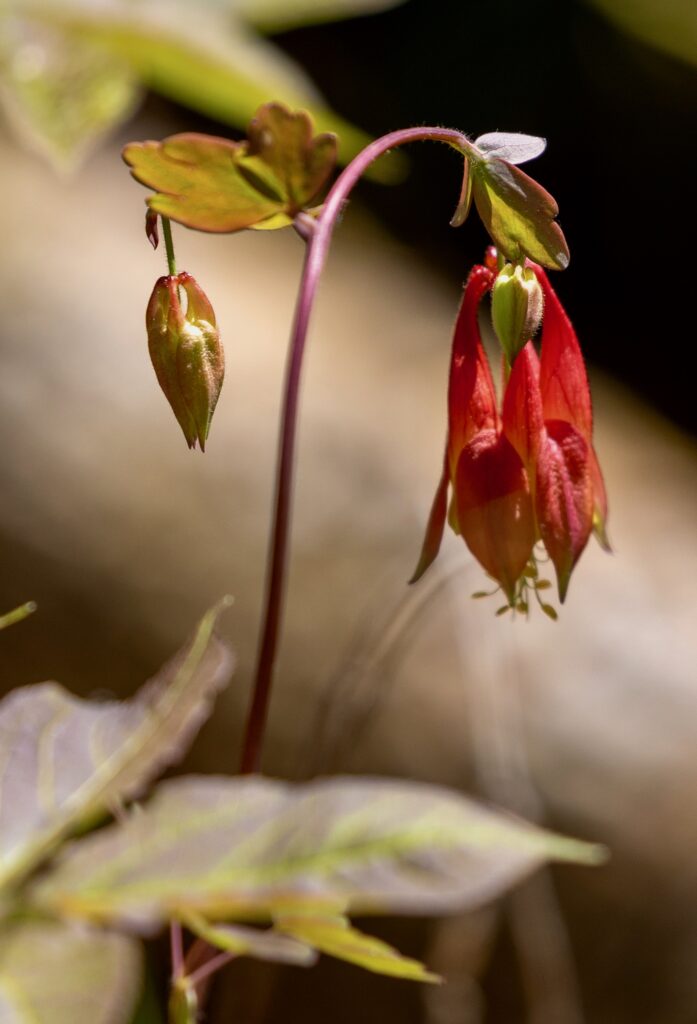
Some trees…
Blue-beech is also known as American hornbeam, ironwood, musclewood and muscle beech due to its strong, dense wood (that feels like metal) and the wavy, muscle-like ridges along its trunk. The tree typically grows in the understory of deciduous forests in rich, moist soils. It is native to eastern North America, including southern Ontario and southwest Quebec in Canada.

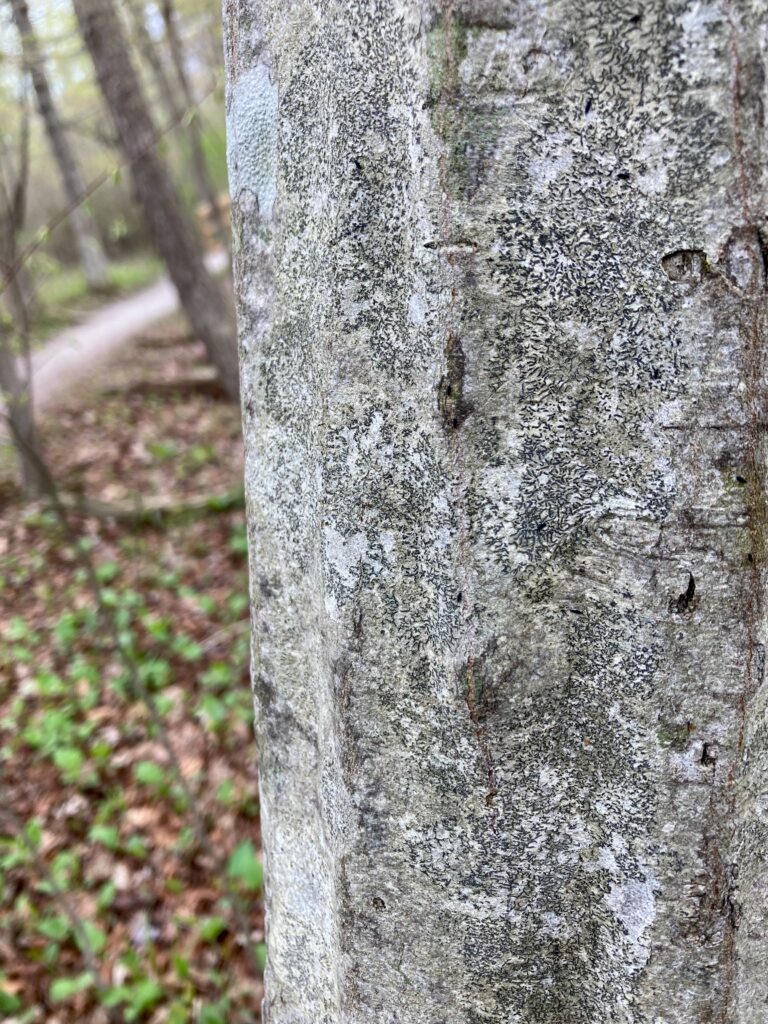
The Carolinian zone in southern Ontario has warmer year-round temperatures than any other part of Ontario. The climate supports ecosystems found nowhere else in Canada. The Tulip Tree is a species specific to the Carolinian zone. They are fast growing and, under the right conditions with a lot of moisture in the summer, reach a height of 35 m and live to 150 years.
Black Oak also grows only in southern Ontario, often in sandy soils apart from other trees. They grow to 20 m in height and can live to 200 years.
Below: Tulip Tree sapling and Black Oak in early leaf.


Chimney Swifts
Chimney Swifts are small, dark birds that are in London from late April to early October. They spend the whole day flying high, snatching insects from the air. At night, they descend into large and small chimneys to roost together in pairs or in larger flocks. Their feet aren’t designed for perching and are better suited to clinging to rough vertical surfaces (like the inside of some chimneys).
We’ve recently been busy helping to count the number of Chimney Swifts spending the night in about 18 chimneys in London, some of which have been monitored for over 20 years. The data that is collected is shared with a provincial database and with a national spring survey that helps inform conservation decisions and contributes to the knowledge of swift population changes.
Here is a short video from a few minutes of monitoring at one of the chimneys on May 29: https://www.youtube.com/watch?v=Bid9qKsy0_w
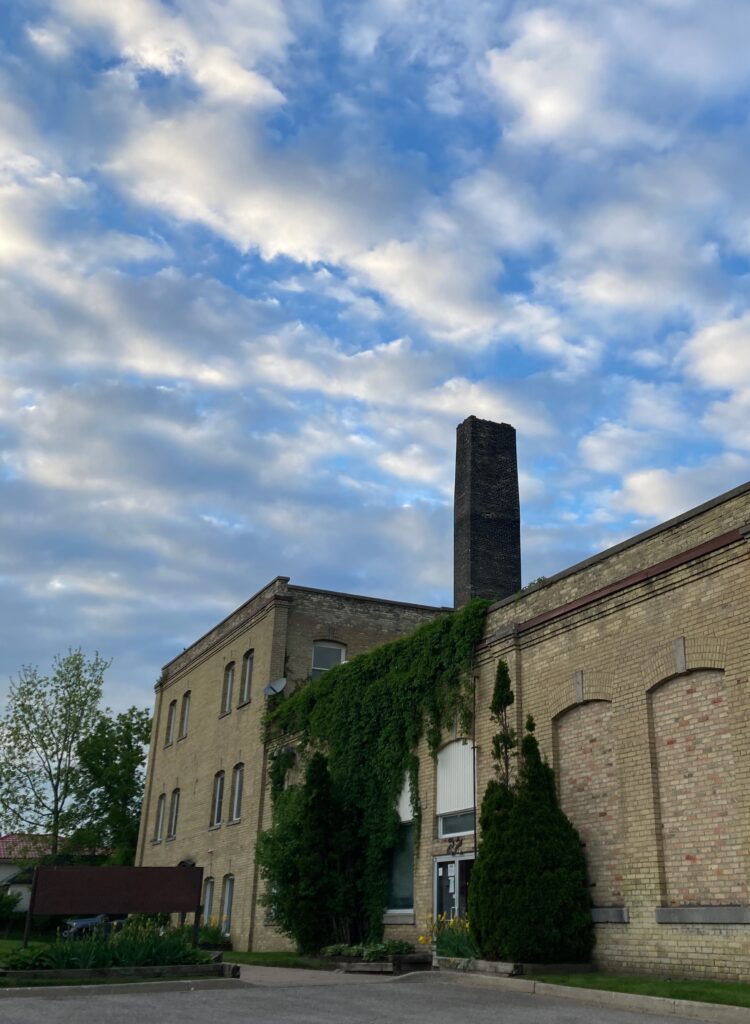
For a more dramatic look at Chimney Swifts entering a chimney, check out this CBC report of Chimney Swifts in a Fredericton, New Brunswick chimney recently:
https://www.cbc.ca/news/canada/new-brunswick/fredericton-chimney-swift-count-1.7547011
Osprey update…
…we’re still waiting!
This week’s flowers




Celebrating the Music of 1969
Now we are really getting somewhere. This is the music I listened to loud and daily.
